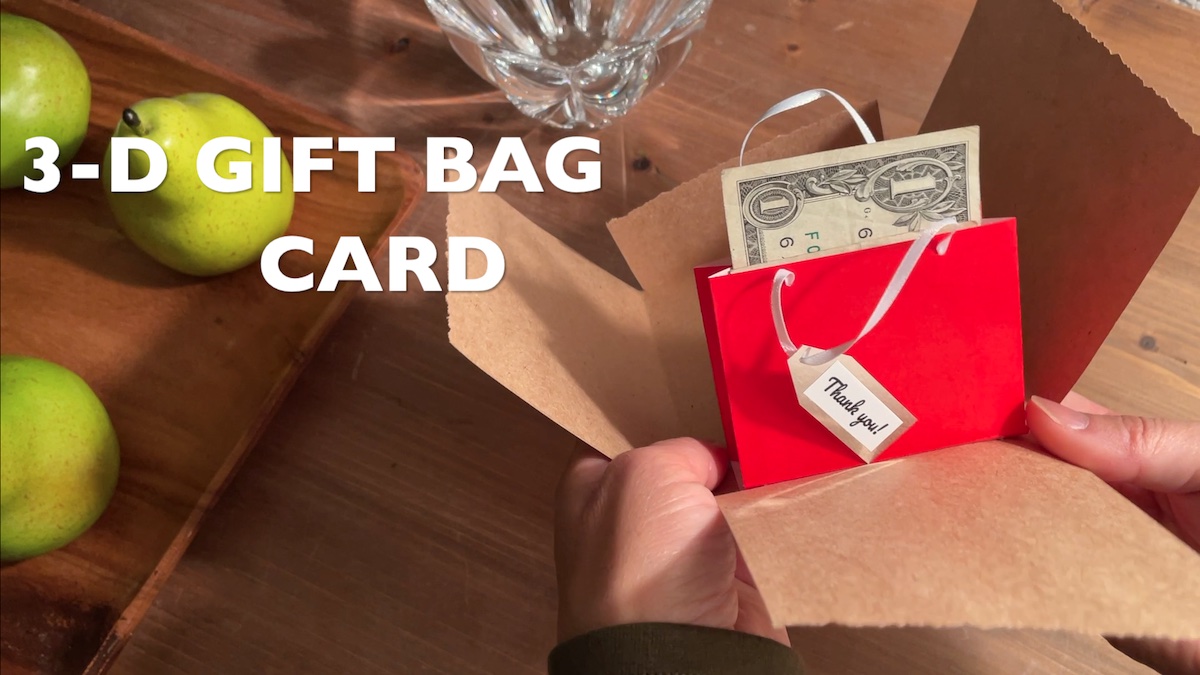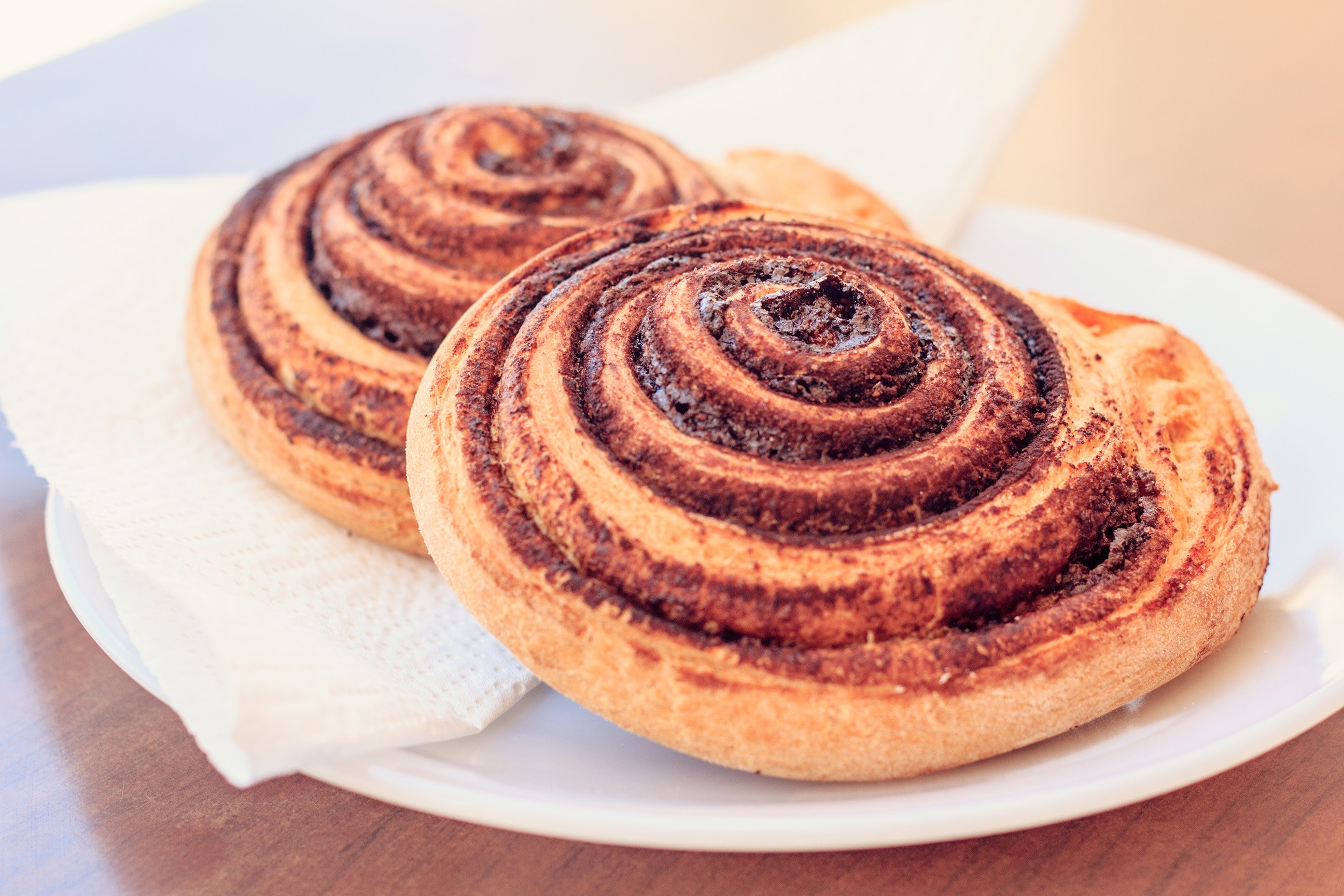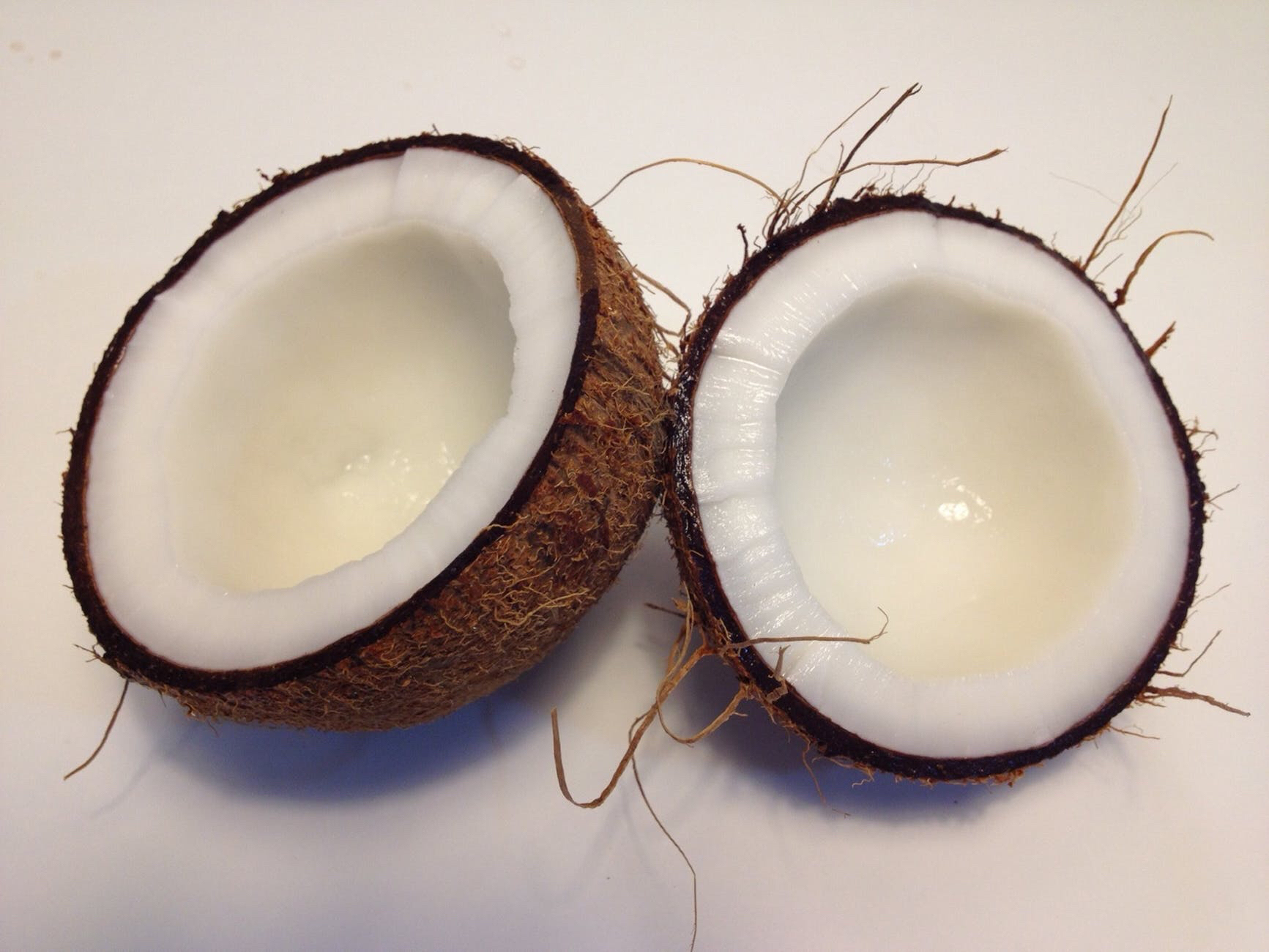In the news recently, a Harvard professor (Karin Michels) came out to say in July 2018 that “coconut oil is pure poison.”
As some of you know, I have been drinking a tablespoon of coconut oil with my daily coffee for 15 plus years. At the time I started, I was trying to figure out ways to help my daughter’s eczema. And while she couldn’t stomach the flavor and smell, I found that it helped my skin and also helped my energy levels. Of course, these are just my own observations on myself! This article published on Healthline sums up nicely the reasons why I started drinking coconut oil in the first place.
So perhaps when I started this relationship with coconut oil long ago, the health benefits were overblown. However, there are reasons to believe that the medical establishment is slow to change…think about trans fats that were popularized in the 50’s and sold to us as a “healthy alternative” which not until relatively recently are being phased out. Here is a New York Times article that gives a timeline of events. And sometimes interests are misaligned for instance take the FDA and pharmaceuticals, Unfortunately this always comes at the cost of each individuals well-being. Listed below are some articles that help refute some of the mainstream claims of coconut oil being “bad for you because of the saturated fat” or “pure poison.” As always, take the time to investigate for yourself and see where you fall on this spectrum of coconut oil.
Here is a great article on a website by Dr. Axe refuting the American Heart Association.
One of my favorite sites, Mark’s Daily Apple goes down the list of human studies regarding coconut oil. And while there isn’t overwhelming evidence of the positive health benefits, there really wasn’t the cause for coconut oil to be called “pure poison” either.
Dr. Aseem Malhotra came out very strongly against Karin Michels in the Daily UK and in defense of coconut oil.
But I believe that this article in Science Alert sums it up quite nicely.
“As the saying goes, the dose makes the poison, so if you do have a soft spot for coconut oil, just take care not to overindulge.”
For myself, I will continue to take my 1 tablespoon a day with my morning coffee. (along with my collagen and raw egg yolk, but that will be for another post!)




